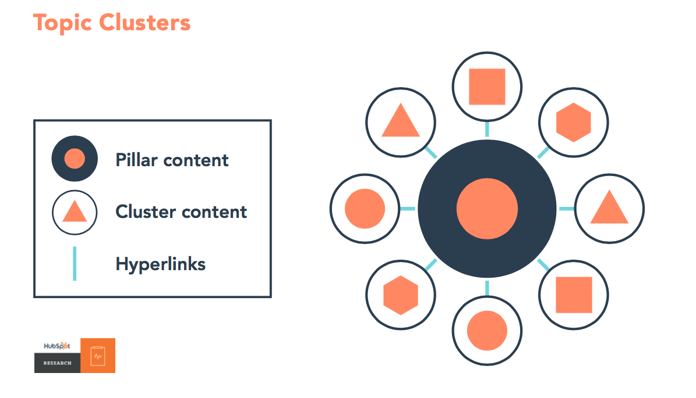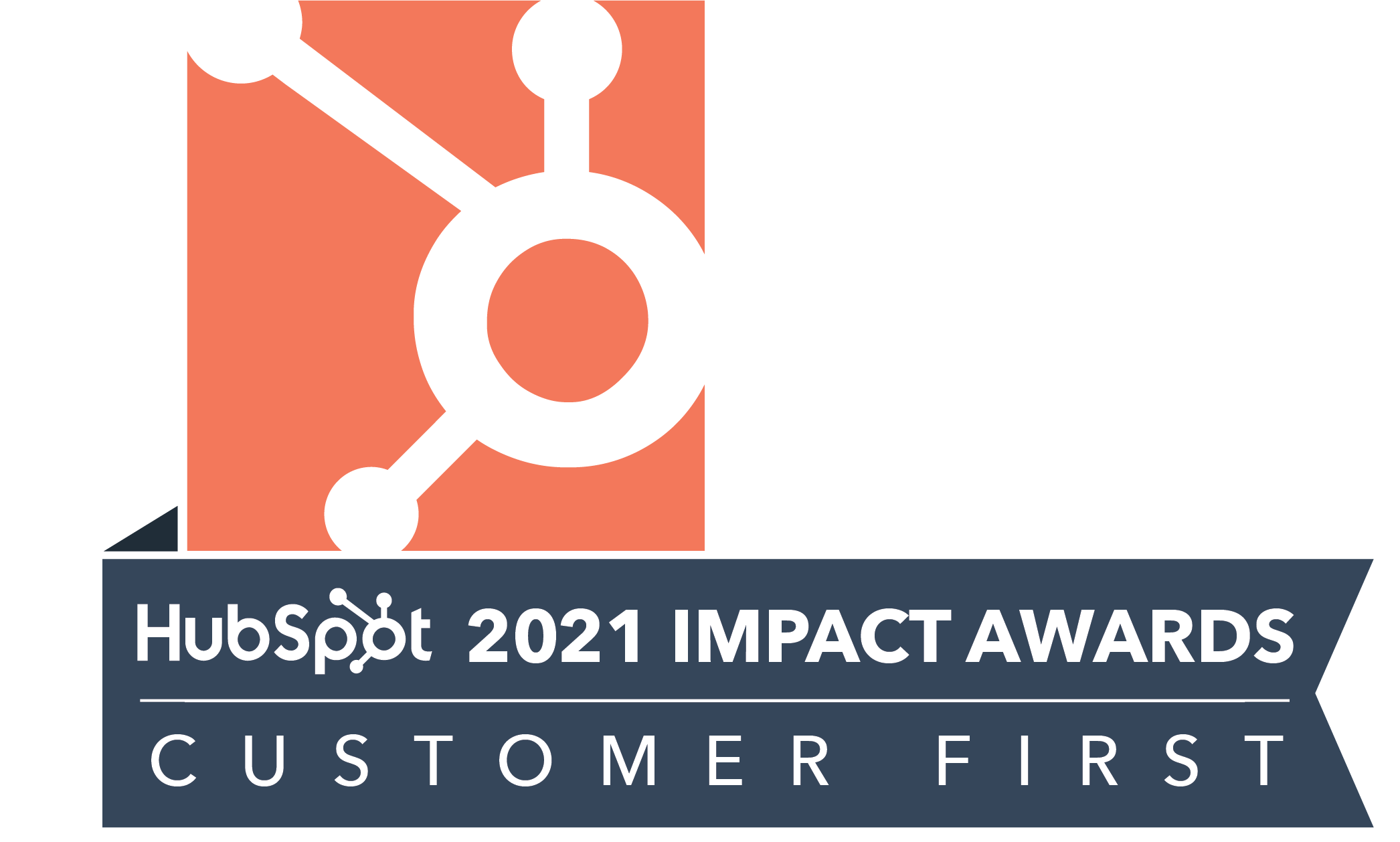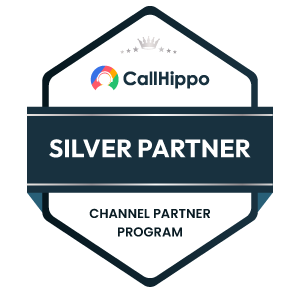For the longest time, SEO and content marketing have been about climbing the ladder on SERPs, besides, of course, creating value for your audience. So your content strategy involved identifying keywords, volumes, keyword difficulty and then creating content that covers all of these different keywords.
This has worked pretty well for the last decade, but things are changing. Google search results today are all about user intent: offering the user search results that best answer their query. And so it follows that your content has a greater chance of receiving SEO love if it can comprehensively answer every possible question that a user has around a particular topic.
And that brings us to HubSpot’s newest tool: Content Strategy.
The Content Strategy tool helps plan out your content creation in a manner that leverages the SEO topic cluster model. Here’s how it works:
-
Identify a core topic that is relevant to your business
-
Create a pillar page that gives a thorough overview of the topic and introduces the various other SEO topics related to it
-
Perform keyword research to identify pain points and questions around the core topic, which will serve as your sub-topics
-
Create content around these sub-topics
-
Make sure to interlink all your content, especially all your sub-topics to the pillar page
The result will look something like this:
As a content marketer, I am super excited about this!
Why? Because this is exactly the way content creation should be done.
Of course, this looks like the most common sense way to do it, once it’s been pointed out.
And it might seem like it just makes content creation a little more organized. So, what’s the big deal?
The big deal is that there is so much more to it. Here are the 5 key benefits of HubSpot’s Content Strategy tool:
SEO Value
This one is pretty obvious, but let’s take a look anyway.
Before SEO topic clusters, my work revolved around independently optimizing every single piece of content that I created.
Every piece of content was a lonely guy, trudging up the SERPs, on the strength of their own on-page and off-page SEO efforts.
But now, with the topic clusters, no content exists in isolation. Every piece I create, on any topic, will have the backing of every other related piece that I have created on the site. And every new piece adds to the overall value and authority of your topic cluster.
Now that I am actively creating a set of semantically related pages, extensively hyperlinked with each other, I have a content piece that is comprehensive and valuable. In other words, a content piece that is exactly what Google is looking for.
Featured Snippets
Featured snippets are the little boxes that come up on the SERPs when you type in a topic or query. These boxes contain the best answer that Google could find for your query, and is positioned even above the site ranking in the first place.
Now there is a lot of material around how exactly Google chooses the featured snippet, but the truth is nobody knows for sure.
However, a few factors seem to be:
With SEO topic clusters, I have the ability to answer all the different questions that users have around the core topic. And because these pages are interlinked, the engagement time on these pages is significantly higher. Thus taking me a few steps closer to earning those elusive feature snippets.
Completing the Buyer’s Journey
Even as I am creating my keyword clusters with the Content Strategy tool, I can assign awareness, consideration, decision-making stages, with a simple A/C/D annotation, to each of my sub-topics (as shown below). And have a plan for the order in which I want to create/publish my content.
Once I have finished topic clusters, it’s very easy for me to take my readers through a complete buyer’s journey. The CTA at the end of each of my content pieces is leading them into the next stage of their buying cycle, talking about the topics in greater detail.
When I was focused on creating individual content pieces, the point about linking to the next logical blog or case study was easily missed. Or, if I did create new content around a topic, I would not always go back to the old pieces to create links.
But now, because a lot of my content is already planned, and every new content piece is linked to the pillar page, taking my readers through the buyer’s journey is much simpler.
Content ROI Measurement
I can view the performance of my topic clusters within the Content Strategy tool. The dashboard lists out all the topic clusters created, and the numbers of contacts and customers gathered specifically by each cluster. So I am no longer relying on page visits and time spent on page, but have actual conversion numbers to measure the ROI from my content.
Leverage Existing Content for Better Results
With topic clusters, all the content created in the past can now be put to work again, to get better results. Once I start creating content clusters, there is a lot of past content that I can link to these pillar pages. Blogs and case studies can be grouped around newly created pillar pages. E-books can be deconstructed to create a new pillar page, or an entire topic cluster.
So while SEO topic clusters can seem like a lot of work at first glance, if you have been creating content for a long time, you already have a lot of the material in place. And hence, HubSpot’s Content Strategy tool allows you to reap greater results from your existing content.
There you have it, the five key ways that HubSpot’s Content Strategy tool is set to make the lives of all content marketers a lot easier.

















